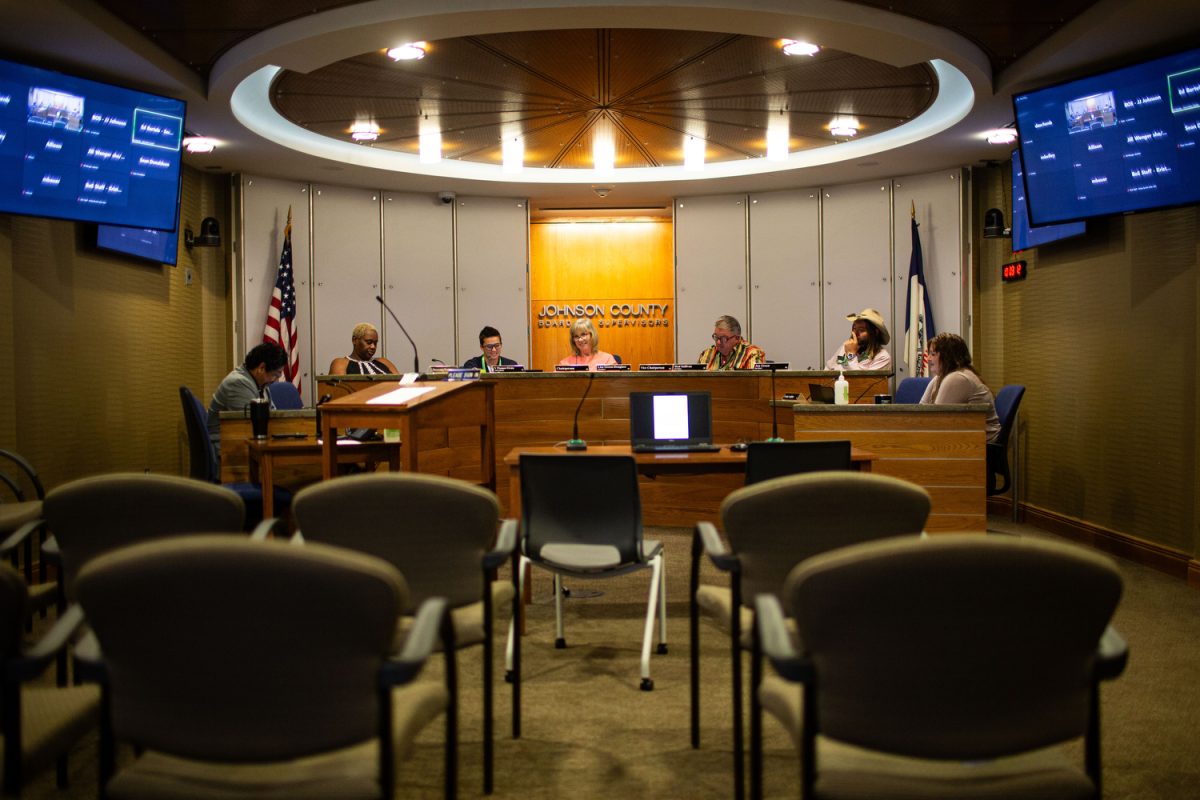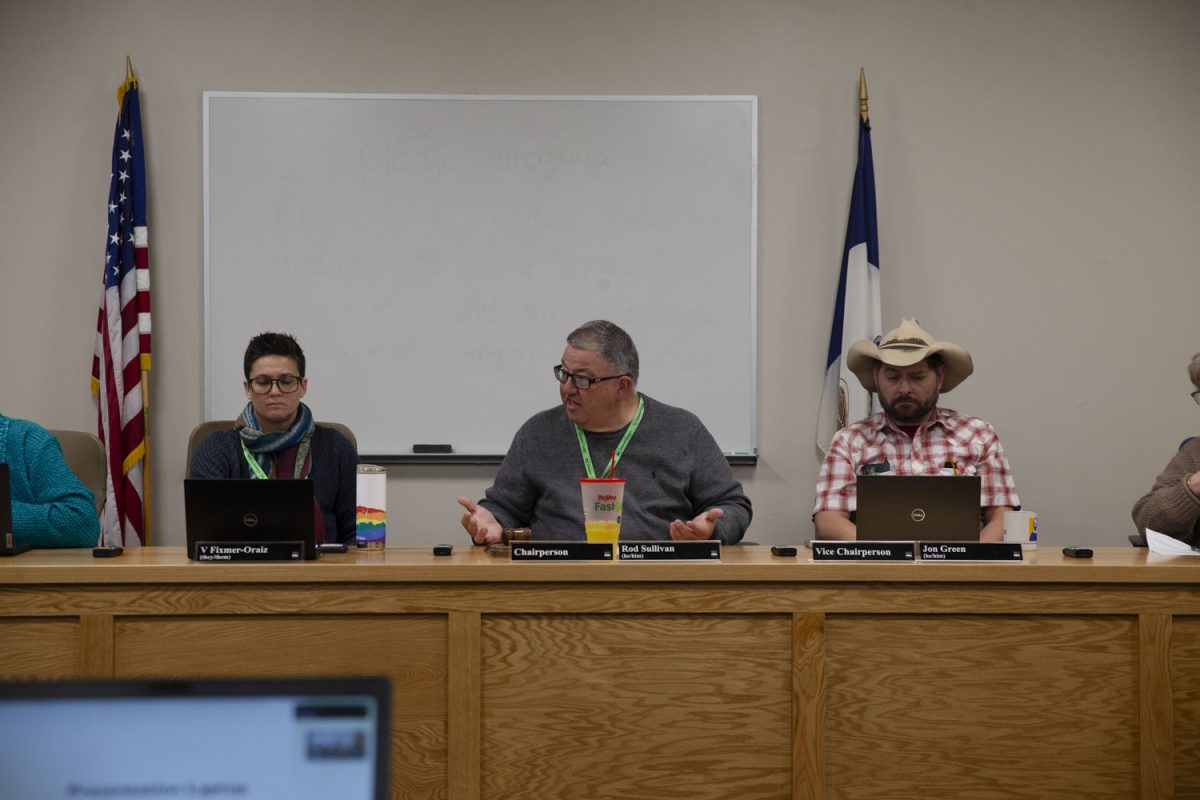
Levels of food insecurity in Johnson County have one local food bank busier than ever.
The U.S. Department of Agriculture classified 11.9 percent of Iowa households as “food insecure” in its annual report covering the three-year period of 2011 to 2013, a jump of 2.4 percentage points from a decade ago. It appears to indicate that Iowans are continuing to depend on food aid in order to survive.
Johnson County however, has one of the highest levels of food insecurity in Iowa at 14.2 percent — 18,640 people — according to a recent study by Feeding America, which looked closer at individual counties.
The number falls just below the national average of 14.6 percent.
The USDA defines food security as access by all people at all times to enough food for an active, healthy life. This is one of several conditions necessary for a population to be healthy and well-nourished.
Sarah Benson Witry, the Food Bank and emergency-assistance director for the Crisis Center of Johnson County, said the center’s Food Bank has experienced a continual increase in demand for food over the past decade.
She said the Food Bank use has increased by 81 percent in the last 10 years.
“The biggest increases in food insecurity occurred as the national economy worsened and then fell into recession,” Benson Witry said. “Much of the increase was the result of layoffs and lost employment.”
The Food Bank served 12,778 individuals during fiscal 2014, including more than 1,400 households that hadn’t used its services previously — two-thirds of the food insecure people in the county.
Along with the steady rise in program use, the amount of food it distributes has also increased, Benson Witry said.
The Crisis Center distributed more than 1.3 million pounds of food during fiscal 2014, 24,000 pounds per week.
The Hawkeye Area Community Action Program Inc. serves seven counties and 97 food banks across Iowa, including the local Crisis Center.
Anissa Bourgeacq, the HACAP nutrition coordinator and registered dietician, said food insecurity is a “hidden epidemic” in Iowa.
“We are finding that the people utilizing our food banks do not fit the perceived stereotype,” she said. “We’re seeing a lot of families and senior citizens who just can’t afford their food.”
Mike Owen, the executive director of the Iowa Policy Project — which produces research and analysis to engage Iowans in state policy decisions — said this national era of food insecurity might be attributed to the recent recession and the nation’s continuing recovery.
Owen said more than 400,000 Iowans receive food stamps, and it is a problem when that number represents more than a tenth of Iowa’s population of 3 million.
More than 11,000 of these Iowans reside in Johnson County. That number has doubled since 2004.
Of the individuals in Iowa who struggle with food security, 4.4 percent are considered to have “very low food security” — a characteristic of a household in which food intake was reduced or eating patterns were disrupted because the household lacked money and other resources for food.
Nationally, 5.6 percent of Americans are characterized as having very low food security. This number represents an estimated 6.8 million households.
“I’m not surprised things haven’t gotten better from previous years,” Owen said. “It’s been a very slow recovery, and people who are least able to deal with problems in a recession are those who are the last to come out of it.”






